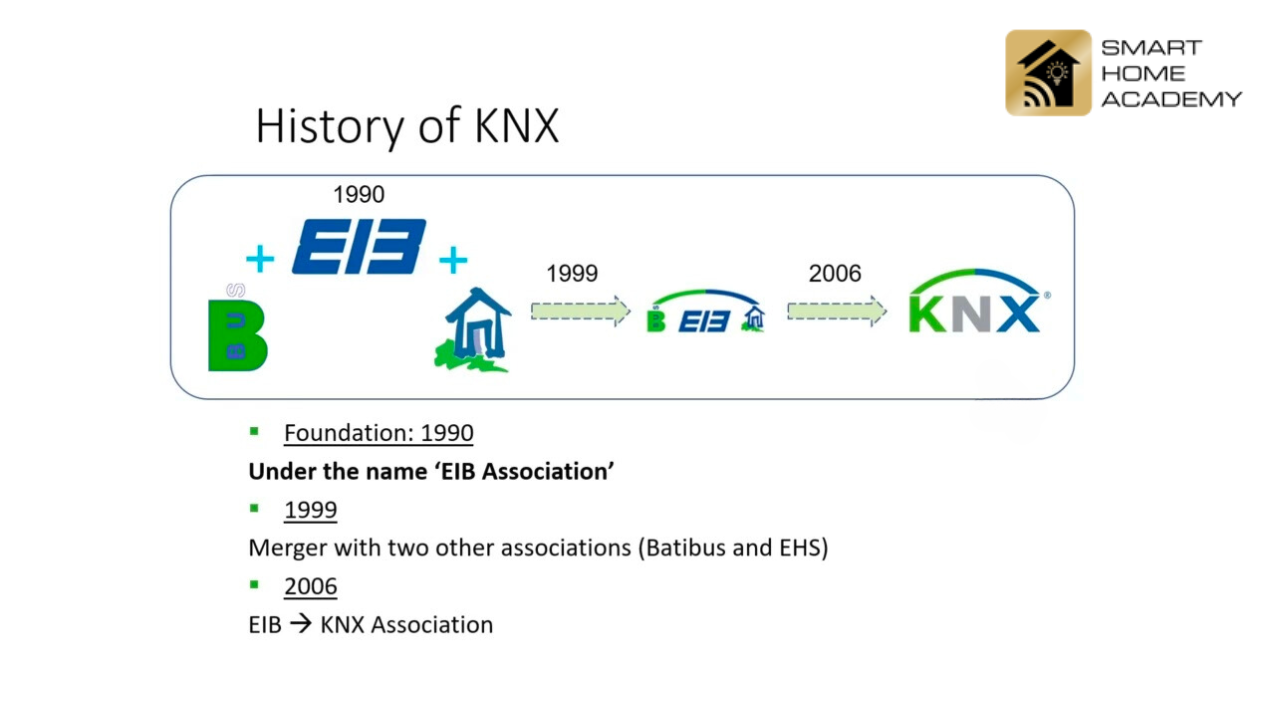KNX automation is a widely recognized standard for home and building automation, enabling the integration and control of various devices and systems. To understand the present, it is essential to delve into the history of KNX and its development over the years.
KNX, originally known as EIB (European Installation Bus), was introduced in 1990 as a collaboration between three major European associations: the EIBA (European Installation Bus Association), BCI (BatiBUS Club International), and EHSA (European Home Systems Association). These associations recognized the need for a common standard to ensure interoperability and compatibility among different manufacturers’ products.
In 1999, the three associations merged to form the KNX Association, which is responsible for the development, promotion, and certification of KNX technology. This merger brought together the expertise and resources of the three associations, leading to the growth and global recognition of KNX automation.
As of February 12, 2024, KNX has completed 34 years since its inception in 1990 (EIB). Over the years, KNX has evolved and expanded its capabilities, becoming a leading standard in the field of home and building automation. Its widespread adoption can be attributed to its open protocol, vendor-independent nature, and support for a wide range of applications.
The KNX standard has witnessed significant advancements, including the introduction of new communication media such as wireless and IP-based systems, KNX Secure and KNX IOT. This has further enhanced the flexibility and scalability of KNX automation, allowing for seamless integration with emerging technologies.
In conclusion, KNX automation has come a long way since its inception. With its rich history, the merger of associations, and continuous development, KNX has established itself as a reliable and future-proof standard for home and building automation.

